Note: This article’s statistics come from third-party sources and do not represent the opinions of this website.
You may be somewhat familiar with the pet industry in general or the pet industries in larger countries like the United States. But have you ever wondered what the pet industry is like in smaller countries? While not as robust as pet industries in places like the U.S., smaller countries have pet industries, and knowing about them can tell you a lot about pets and pet parents in that country.
Today, we’re looking at Pakistan’s pet industry. This industry is only starting to grow as pet ownership has only become more common in recent years. So far, pet food makes up the largest share of the industry, but other areas are starting to grow!






(TGM Research)
Pet ownership isn’t as abundant in Pakistan as it is in countries like the U.S., but it has grown in leaps and bounds in recent years. 48% of people surveyed owned a pet, and 40% of those considered their pet to be a member of the family. 40% also only owned a single pet, while 28% owned two, 14% owned three, and 19% owned four.


(Gallup)
Compared to 2009, 2023 saw a decrease in the number of cats and dogs owned by Pakistanis. However, 2023 also saw a 6% increase in the number of pet birds owned. The animals most people own in the country include cows and goats, with 50% of people saying they own these animals.
(PetPulse)
Veterinarians are the most commonly used pet service in Pakistan, with 90% of people taking their pets to a vet at least once every six months. Grooming and training services are the next most popular pet services. However, 13% of respondents used no pet services whatsoever.
(PetPulse)
Grooming services are the second most popular pet service utilized in Pakistan, but the number of people using groomers falls far behind that of those using veterinarians, with only 8.5% of Pakistanis using them. 6.1% of Pakistani pet parents use training services, so the pet care industry is really only booming when it comes to veterinary care.
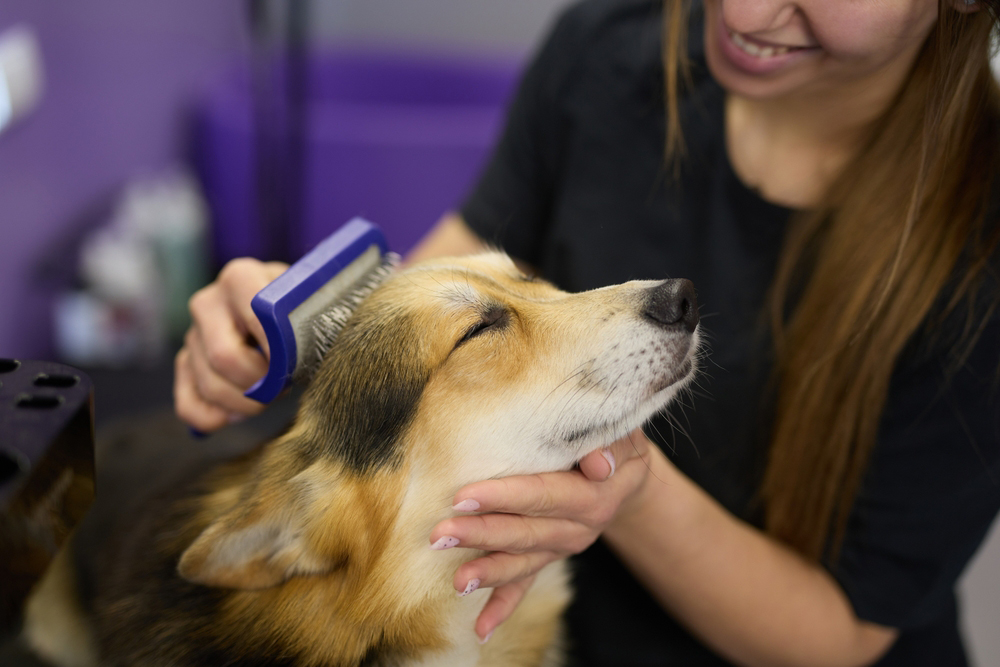

(Global Pet Industry)
Finance Bill 2024, put forth by Pakistan’s Federal Board of Revenue in July 2024, will impose a regulatory tax of 50% on imported pet food, at least until June 2025. This isn’t the first time import taxes in this market have increased, either; the previous year saw import taxes on pet food increase from 17% to 25%. The Federal Minister of Pakistan has raised serious objections to this increase, so it remains to be seen whether the 50% regulatory tax will be implemented.


(Aftership)
There are approximately 62,520 online stores in Pakistan, many of which are pet—and animal-related stores. Last year, these online pet industry stores brought in 10.9% of the region’s total pet industry sales, earning $51.12 million. Though the online pet industry is significant, online health stores brought in a total of $161.34 million.
(ECDB)
While last year’s pet supplies e-commerce earned a total of $51.12 million, this portion of the market is estimated to grow to around $59.3 million by 2024 and $111.5 million by 2028. As of now, it accounts for 9.5% of the Leisure & Hobby market, which also includes categories like musical instruments, toys, and media.
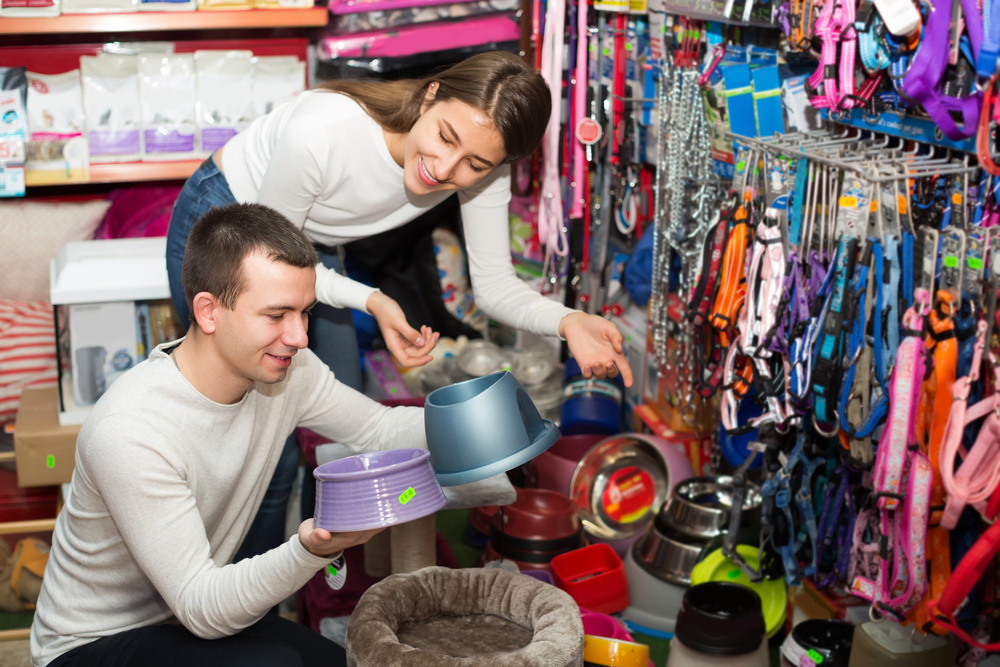

(ECDB)
Felines are more often kept as pets in Pakistan than dogs, so it’s no surprise that the e-commerce pet supply market is largely made up of e-commerce for cat supplies! This market is expected to reach $25.9 million in 2024 and $53.9 million by 2028.
(Volza)
According to Volza, these pet supplies imports were brought into the country by 41 Pakistan importers. The country imports most of its pet supplies from China, the United Kingdom, and the United Arab Emirates, but these imports came from 43 different suppliers.
(Volza)
According to Volza, Pakistan’s pet supplies exports are much higher than their imports, as they exported 10,000 shipments in the past year. Most of these exports were sent to Canada, the Netherlands, and the U.S.
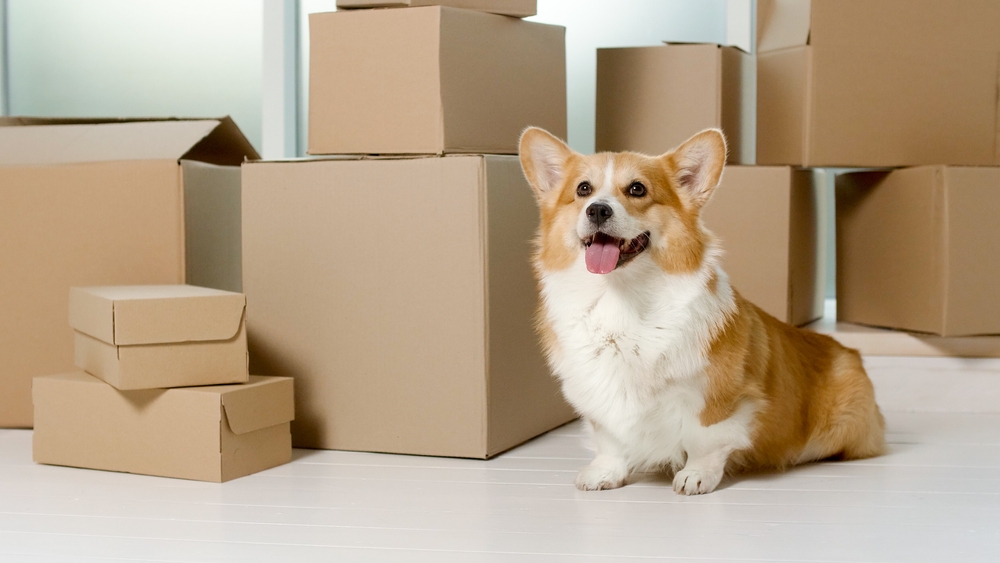



(Report Linker)
As more Pakistanis adopt pets, the demand for pet food has risen. In fact, it has seen an annual increase of 6.3% since 2008! The pet food industry in Pakistan is a mix of imports and local food, but with the proposed regulatory tax on pet food, local pet food may begin to win out.
(Global Pet Industry)
While the local pet food industry may grow, it’s currently losing out to imported pet food, which 90% of Pakistanis use, which is part of the reason for the proposed increased regulatory tax. If imported pet food becomes too expensive, people will have to purchase from local sources, which will increase the market share of the pet food industry that Pakistan holds.
(Report Linker)
This number is expected to increase to about 24 million by 2028, for an annual 3.4% growth rate. Of course, regulatory taxes on imports may slow this increase or stop it altogether, so it remains to be seen whether this estimate will pan out.
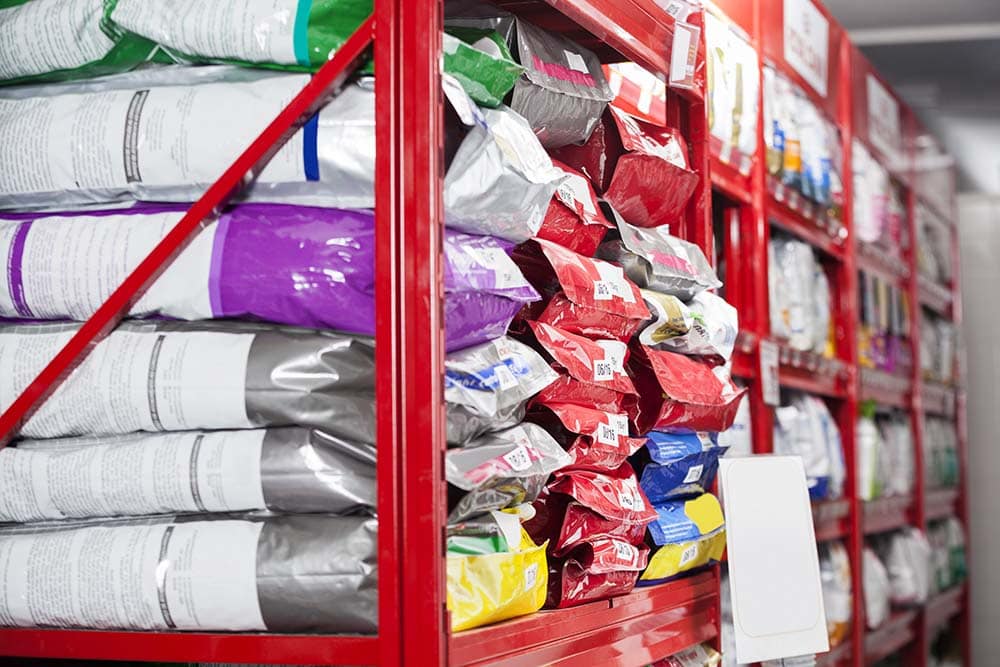

(Report Linker)
As much pet food as the country imports, they also export quite a bit. Barbados just barely passed it in pet food exports, with 350,534 pounds of pet food exported. The top pet food exporters included France, Poland, and the U.S.
(TGM Research)
While supermarkets are the top global choice for purchasing pet food, some Pakistanis sidestep regulatory taxes and local pet food by making their own pet food. Supermarkets aren’t far behind in terms of choice for getting pet food, though, as 33% of Pakistani pet owners use them. Online pet stores and independent pet stores follow with 17% each.


Have more questions about the pet industry in Pakistan? Here are a few common questions about the topic that typically arise.
According to TGM Research, the top three pet food brands purchased in Pakistan are Royal Canin, Reflex, and Homemade. (TGM Research)
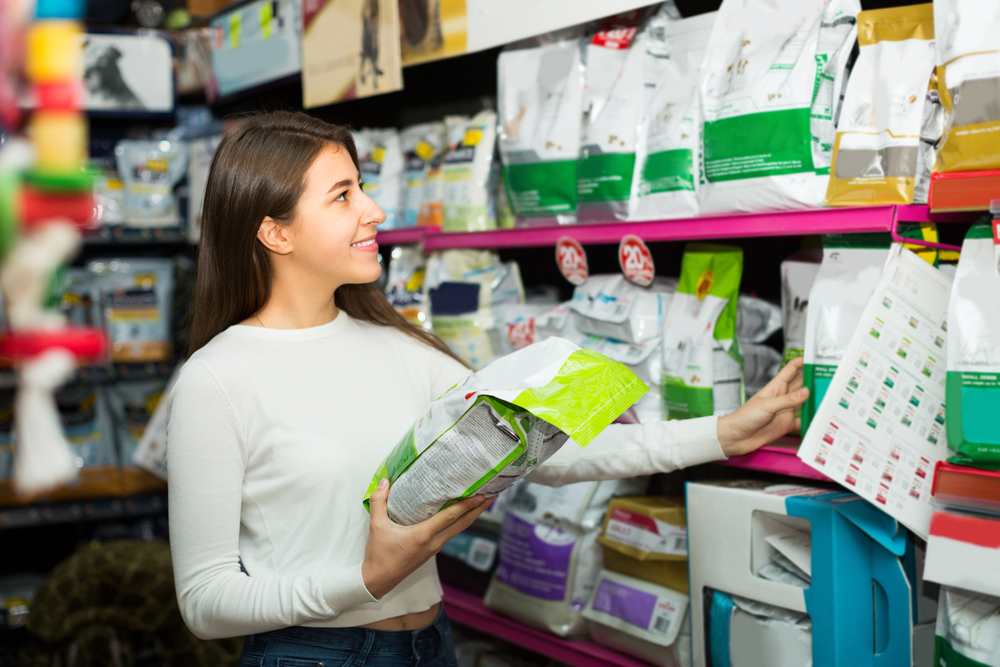

While many people visit veterinarians for their pets, most Pakistanis trust the internet and social media for information on pet care.
While the pet food and treats category of the Pakistan pet industry accounts for most of the industry, bringing in at least 50% of sales, other categories are growing. These include pet daycares, boarding, pet accessories, veterinary care, and grooming services. (Course Hero)
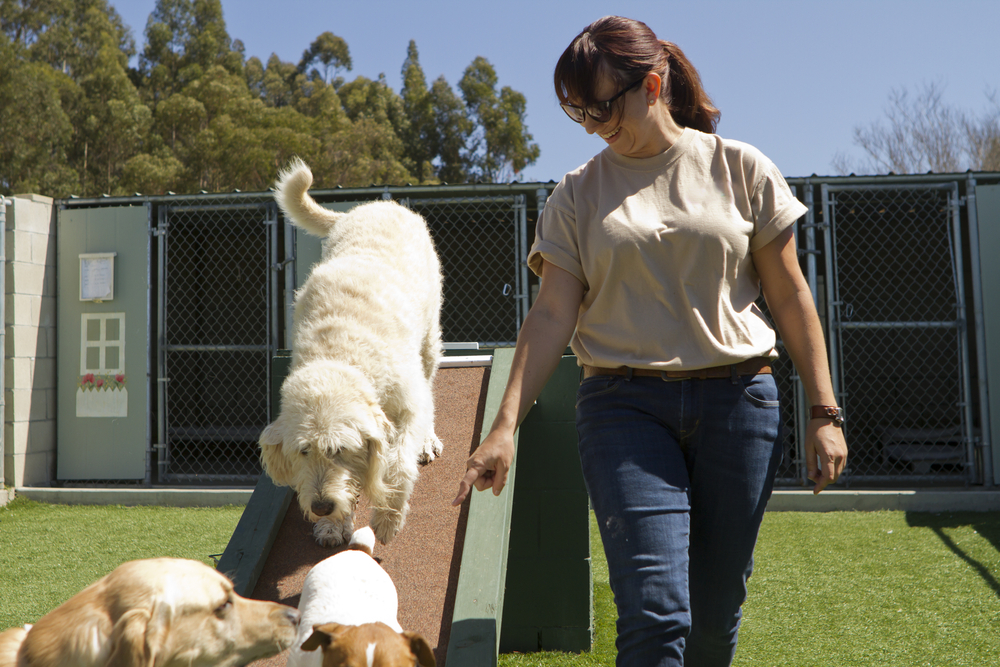

Currently, the market size is rather small, only accounting for approximately USD 1.8 million. However, its estimated growth is quite significant, as it’s believed the market will increase to nearly USD 5 million by 2027. (Course Hero)


Pet ownership in Pakistan has only increased in recent years, so the pet industry is still relatively small. Pet food makes up the largest share of the pet industry in Pakistan, both in imports and exports. However, other categories of the Pakistan pet industry, like pet health care, grooming, and supplies, are beginning to grow. The Pakistan pet industry will be one to watch in upcoming years as it continues to grow!
Leave a comment